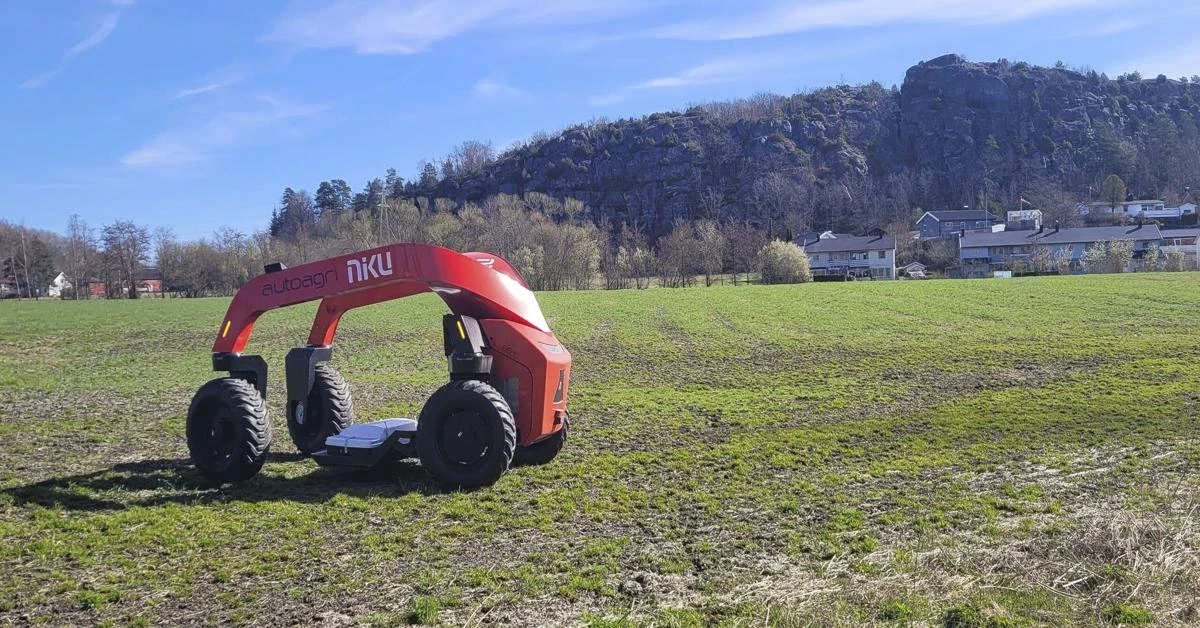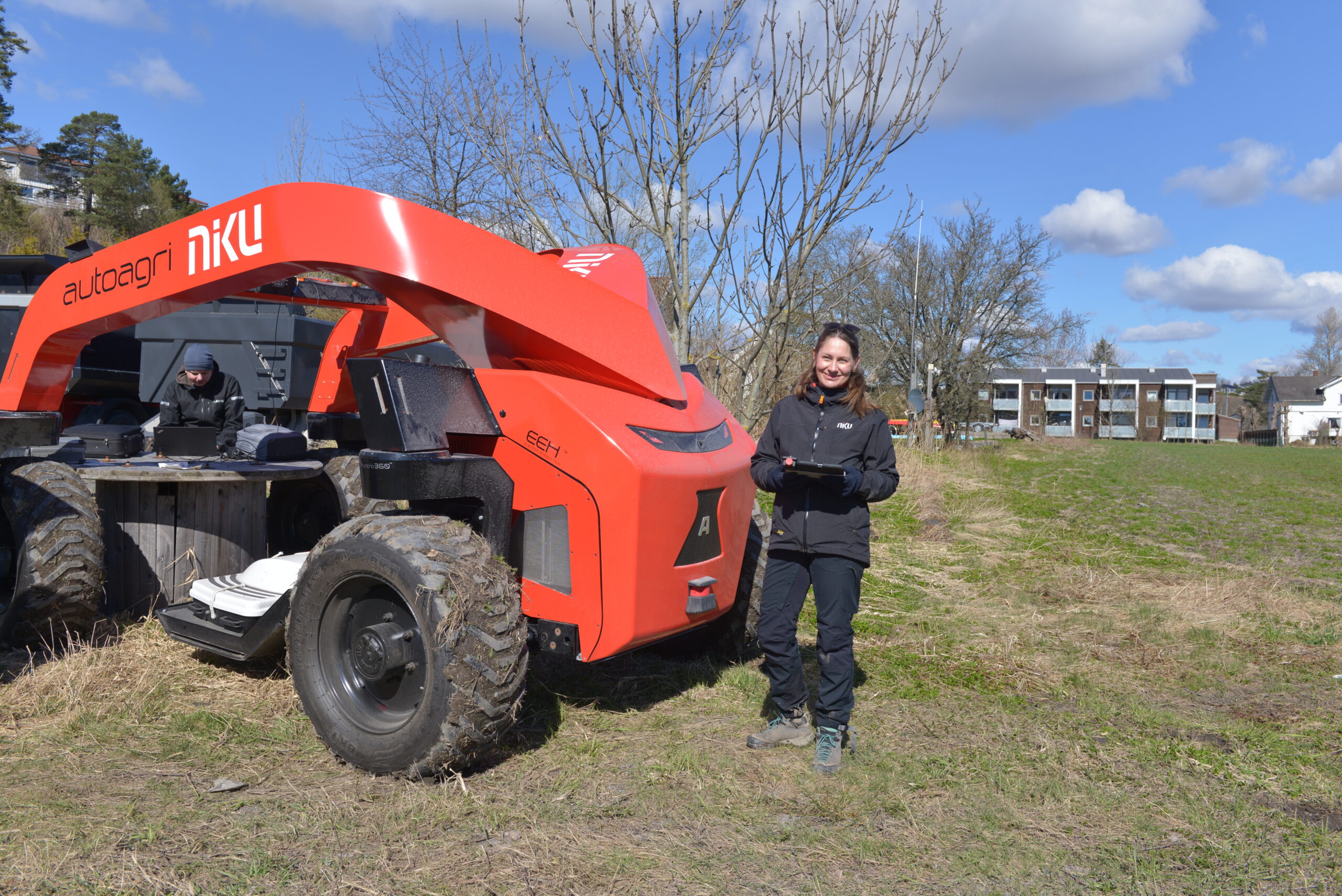Archaeologists employ GPR robot to investigate Viking Age site

Archaeologists are using an innovative GPR robot with high-resolution ground-penetrating radar technology to explore a Viking Age site in Sandefjord, Norway
Archaeologists from Norwegian Institute for Cultural Heritage (NIKU) are using an innovative ground penetrating radar (GPR) robot to investigate a Viking Age site located in the municipality of Sandefjord, Norway. This cutting-edge robot, developed through collaboration between AutoAgri, Guideline Geo/MALA, and NIKU, features the I-Series autonomous implement carrier model equipped with state-of-the-art high-resolution, multi-channel ground-penetrating radar technology.
GPR employs radar pulses to create images of the subsurface. It’s a non-invasive technique for surveying archaeological features and patterns beneath the ground.

The robot underwent preliminary trials in Trondelag Vinnan, situated in the Stjordal municipality. According to the researchers, these tests have shown enhanced efficiency and accurate mapping capabilities.
New robot system features an antenna capable of generating significantly higher resolution compared to traditional georadar systems. Notably, this resolution can now be interpreted in real-time.
Erich Nau from NIKU explains that unlike previous systems that required manual maneuvering around archaeological sites, the new GPR robot only requires a brief hour to map the driving route. Once this is done, the robot autonomously completes the rest of the task.

The innovative robot system boasts an antenna with substantially higher resolution than conventional georadar systems. This enhanced resolution allows for real-time interpretation of data.
Erich Nau of NIKU clarifies that unlike earlier systems requiring manual navigation around archaeological sites, the new GPR robot merely needs an initial hour to map its route. Following this, the robot autonomously executes the remainder of the task.
As part of a fresh investigation into a Viking Age trading post at Heimdalsjordet near the Gokstadhaugen ship burial in Sandefjord, researchers are employing the robot.
This non-invasive method promises to unveil a comprehensive subsurface depiction that past surveys might have overlooked. It aims to reveal traces of various structures such as longhouses, land plots, roads, wharves, and burials.
“This collaboration provides us with an exceptional opportunity to explore and comprehend our historical landscape using cutting-edge technology. We anticipate uncovering new insights that shed light on our rich cultural heritage,” remarks Petra Schneidhofer, an archaeologist at Vestfold county municipality.
Source: Newsroom



